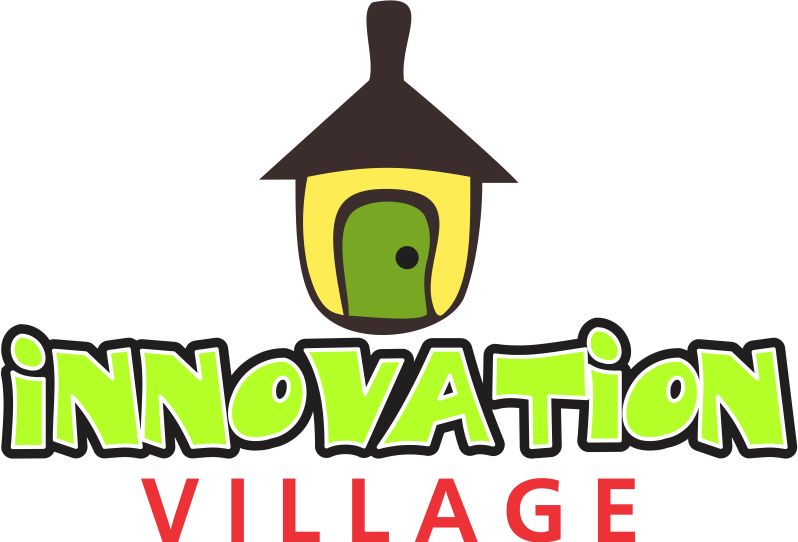Hybrid education is an educational style in which some students attend class in person while others participate digitally.
For hundreds of years, children all around the world have been taught nearly entirely in classrooms, often in a passive, teacher-centric manner. However, in the last decade, this is what has started to change: the education profession has begun to digitally shift. And that process has been expedited over the last year or so, with COVID-19 pandemic affecting schooling around the world.
In these unique times, academic organizations have been obliged to explore solutions to assure learning continuity for all students – a subject that has become one of the most debated themes among educators throughout the world. In light of this, a new approach is considered: hybrid learning.
An educational approach known as OMO (Online-Merge-Offline) is one in which some students attend class in person, while others participate virtually from their homes, university dorms, or any other location where they have Internet access. Because of the popularity of blended learning and e-learning over the last decade, hybrid learning is a natural progression of such approaches.
Digitalized teaching approaches are emphasized in order to provide a digital, interactive, and engaging classroom environment while also ensuring that students attending remotely can benefit from the same learning experience.
A decade ago, Huawei became a top ICT solution provider, and they’ve been creating new technology in this industry ever since then. Huawei has also just launched the Huawei Hybrid Learning Solution. Hundreds of schools and institutions in different nations and regions have used the solution, with the number of users skyrocketing during the pandemic.
Huawei’s Hybrid Learning Solution includes a Learning Management System (LMS) created in collaboration with ULearning, a HUAWEI CLOUD-certified Software as a Service (SaaS) partner. The LMS at ULearning offers comprehensive and user-friendly functionality throughout the learning experience – before, during, and after class. The LMS allows the teacher to upload and archive e-content in numerous formats (such as Word, PowerPoint, PDF, JPEG, and video files) during the pre-class lesson planning stage, as well as wrap those assets into the courseware.
In class, teachers could use HUAWEI IdeaHub — a productivity tool that combines videoconferencing and wireless sharing, with a 4K soft light screen available in 65-inch or 86-inch models, and interactive touch functions developed for use in education — to log into the LMS and play the primed digital courseware online for students attending in-person, using a new pedagogical approach.
Meanwhile, remote students can use their laptop or tablet to go into the LMS and view a split-screen view of what’s being shared on the IdeaHub screen as well as a live video feed that’s collected using cameras and microphones within the classroom, analyzed, and broadcast to the LMS.
Importantly, students may speak with, and even collaborate with, everyone in the actual classroom, thanks to the conferencing system, which uses Real-Time-Communication (RTC) technology and protocols that’s been incorporated into the LMS and is backed by HUAWEI CLOUD.
In addition to these core functions, the LMS provides several useful tools, like as polls, in-class quizzes, attendance tracking, and group discussions, to make the teaching system more convenient and dynamic, and to encourage meaningful knowledge-sharing.
After a lecture, learning does not have to stop; after-class study is just as vital as regular classes. Students can now continue their studies outside of class by conducting exercises, completing assignments, and even taking online tests provided by the teacher, thanks to advances in technology.
This same LMS will automatically collect and analyze all statistics generated during the learning process, using AI algorithms to generate analytics reports about the class’s performance and each individual student’s knowledge, allowing the teacher to analyze the effectiveness and increase teaching methodology accordingly.
Because the system is aware of each student’s knowledge gaps, digital nudge technology is used to distribute different types of content to different students, effectively implementing adaptive learning.
In addition to Huawei’s strong points as a vendor of traditional ICT solutions and its role as a worldwide cloud service provider, Huawei is dedicated to bringing dependable, effective, secure, cost-effective, but also Artificial Intelligence (AI) services via technological innovation in collaboration with thousands of ecosystem partners.
Huawei’s hybrid learning solution includes cutting-edge hardware, such as the IdeaHub; network devices, such as the AirEngine Wi-Fi 6 Access Points (APs); and key cloud services.
From a technical standpoint, the fundamental aspects of a solution for a hybrid learning class should include:
- The videoconferencing technology must be integrated into a feature-rich LMS.
- In the classroom, a set of digital gadgets that allow the teacher to use digital courseware and interactive teaching techniques.
- A highly dependable cloud service that can handle a large number of concurrent users, especially during peak hours.
- A steady and high-speed network connection so that all learners, whether online and offline, can access a variety of information.
- Factors like these will be critical for education systems all across the world as they look for the best ways to ensure learning continuity.
Hybrid learning is destined to revolutionize the landscape of education worldwide, having proven its effectiveness during the epidemic, with some institutions and universities implementing partial openness policies and its position shifting from supplementary to fundamental


